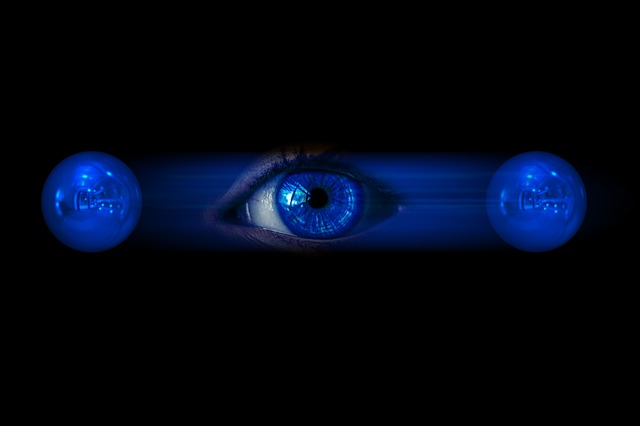
In vacuum, when free electrons are present, a sufficiently slow proton may pick up a single free electron, becoming a neutral hydrogen atom, which is chemically a free radical.
Protons and neutrons, each with masses of approximately one atomic mass unit, are collectively referred to as “nucleons”.
Although protons were originally considered fundamental or elementary particles, in the modern Standard Model of particle physics, protons are classified as hadrons, like neutrons, the other nucleon. Because protons are not fundamental particles, they possess a measurable size; the root mean square charge radius of a proton is about 0.84–0.87 fm.

The number of protons in the nucleus is the defining property of an element, and is referred to as the atomic number.
The spontaneous decay of free protons has never been observed, and protons are therefore considered stable particles according to the Standard Model.
Protons also result from the radioactive decay of free neutrons, which are unstable.

Some Points about Free Protons:
Free protons are emitted directly from atomic nuclei in some rare types of radioactive decay.
The free proton is a stable particle has not been observed to break down spontaneously to other particles.
Free protons are found naturally in a number of situations in which energies or temperatures are high enough to separate them from electrons, in support of which they own some affinity.
Free protons of high energy and velocity make up 90% of cosmic rays, which propagate in vacuum in support of interstellar distances.
Free protons exist in plasmas in which temperatures are too high to allow them to combine with electrons.

Source:
[1] Wikipedia Contributors. “Proton.” Wikipedia, Wikimedia Foundation, 2 Nov. 2020, en.wikipedia.org/wiki/Proton. Accessed 4 Nov. 2020.
[2] geralt. “Physics Quantum Mechanics – Free Photo on Pixabay.” Pixabay.Com, 11 Dec. 2018, pixabay.com/photos/physics-quantum-mechanics-3864564/. Accessed 4 Nov. 2020.